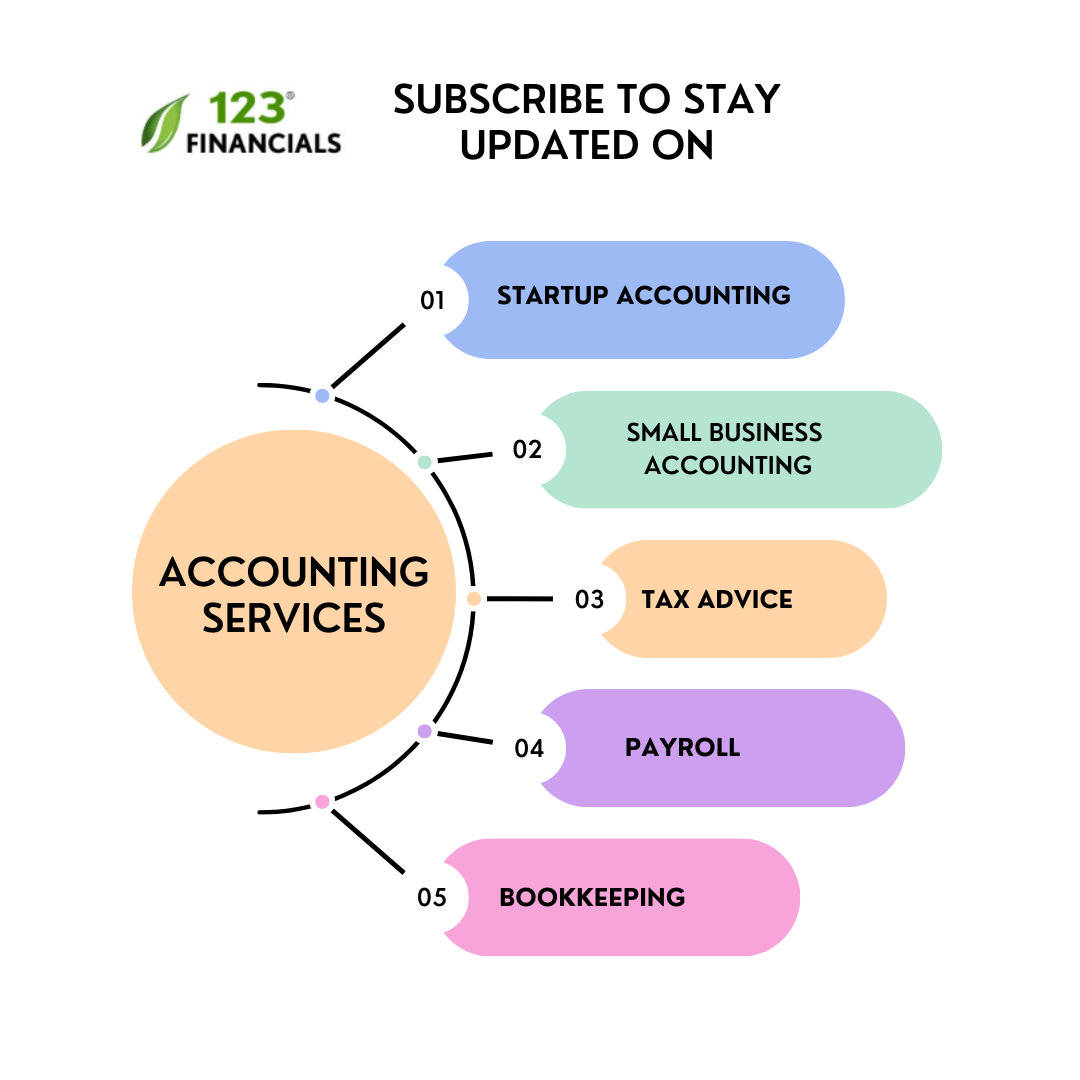Business Models – No matter how innovative the idea or how unique the product is, startups won’t be able to survive in this world of hostile competition without a clear and sustainable business model.
There are various kinds of business models, and it is necessary that one chooses the right kind for their company.
Hire Business Accountant
Work with a London-based accountant for tax, accounting, payroll, & EIS/ SEIS needs.
Here let’s look at the list of popular business models and then how to choose the right business model,
1. Direct sales or B2C
Let us start with one of the oldest and simplest business model: Direct sales or business to consumer (B2C).
In this business model, you get to sell your service or product directly to the customer, but outside of the store.
That means as the sale is taking place, your customer might be at home, at work, or in any other place that isn’t a retail area.
Many online sales fall under direct sales. This is because buying from a website is often a direct transaction between a business and a customer, without a middleman or intermediary.
2. Razor and Blade
The razor and blade business model work by selling one main item, and a paired consumable item with higher margins—just like razors and disposable blades.
Other examples of this business model include printers and ink, video consoles and games.
3. Subscription
Generally, a subscription business model is when customers pay a recurring fee to access the service.
Some common subscription model businesses are newspapers, magazines, streaming services, and software as a service(SaaS).
The key advantage of the subscription business model is that it gives your business a level of predictability.
4. Freemium
This word freemium comes from the words “free” & “premium.”
With the freemium model, you give your target customers a free and limited version of your product, but charge them if they want to upgrade to a version with some more features.
Many games, SaaS, and other digital services run with this freemium business model.
5. Consulting
Consulting is generally providing your skills to others for a fee.
For example, accounatnts, business coaches, life coaches, tutors, doctors, digital marketer and any individual who provides expert-level knowledge to a person or organization is a consultant.
6. Agency
The agency model is similar to consulting in the sense that an agency provides expert-level help to their customer.
The difference is of the number of service providers.
For the consultant, the help is provided by a single person, while the agency is a group of people.
And also, agency work tends to include more skills and concrete output instead of just knowledge or advice.
7. Educational Model
If you have any skills you know you can teach, then the educational model might be right for you.
Under this model, you will charge fees in exchange for transferring your knowledge or skills to your clients or students.
You can do this through online courses, in-person classes or one-and-one teaching.
8. Peer-to-Peer
In the peer-to-peer model, you provide a platform that is valuable to two customers that are on the opposite sides of a transaction and operating as a middleman.
Upwork and Experlu are a good example of this business model.
9. Leasing
In leasing business model, a seller sells a product to a lessor; then the lessor allows another person, the lessee, to use that product for a time in exchange for a fee.
Because the end-user is renting the product from the lessor, this model is typically used for expensive items such as vehicles, real estate and high-end equipment.
10. Selling Attention
In selling attention business model, you are essentially selling ads based on how many or how well users engage with your product.
This could be a social network, magazine, blog, or any other property which gets users to pay attention to the content.
Influencers with social media accounts and large followers, usually make money through this business model since brands pay them a fee for mentioning or recommending their products.
11. Affiliate marketing
Affiliate marketing is when you sell your products and services provided by other businesses and make some money on the referral.
12. Marketplace
The marketplace is when you set up the venue for people to buy & sell products and services.
Marketplace usually profits from commissions on sales made on their online platform.
For instance, the online crafts marketplace Etsy gets fees for sellers’ product listings & sales.
It may sound more like the peer-to-peer model mentioned above, but in a marketplace, the business operating in the middle tries to be as invisible as possible, only operating as a venue for the transaction rather than providing additional services.
13. Pay-as-you-go
For the pay-as-you-go model, customers do not pay a flat fee. Instead, they get charged incrementally on the basis of their usage of the service or product.
It is likely that many of your utilities are charged this way, such as your electric bill.
But your business does not have to be a large utility to use this business model.
Many online games and cloud based storage businesses go with the pay-as-you-go business model to entice players to keep following through on the game.
Such games start with a free level and, as users progress through the game, they need to pay for additional levels or items.
14. Buy One, Give One
This business model adds a non-profit element to the business.
Generally, when someone buys a unit of your product, another unit is given away for charity.
The charitable angle of this business model gives your brand goodwill in the eyes of consumers, as well as many branding opportunities.
Your customers or employees will connect with your business on a deeper level because they feel like they’re contributing to a greater cause, not just fulfilling transactions.
15. Franchising
We are all familiar with franchising—most of the restaurants and chain stores we frequent are the result of this model.
Franchises create the formula for the profitable business and sell that to other entrepreneurs.
It is like a turnkey opportunity in which you pay an initial investment amount and a recurring franchising fee.
For instance, McDonald’s is one of the most famous franchise businesses out there.
Hire Business Accountant
Work with a London-based accountant for tax, accounting, payroll, & EIS/ SEIS needs.
Now let’s move forward to know how to choose the right business model for you.
1. Study the market potential
It is probably a good idea to determine how big the market could be for your business model and structure.
There is nothing wrong with going into a very narrow niche, but you might build a different business than if there is greater potential.
2. Study the competition
Doing your competitive research is another essential step when it comes to reaching a decision with regards to which business model should you pursue.
Take a look at the successful businesses in the same field. Now, take a look at those that have failed through the years.
Assess the business model that they have chosen, and this can be a significant source of learning for you.
3. Ideal customer
In the startup level of your business, this may be a hypothesis. Still, you need to narrowly define the characteristics & qualities of the customer you intend to provide your service.
From here, you can start to get a better view of the size of the market and how to best access it.
4. Distribution channels
There are many ways to get your service, product or idea to market.
Direct sales force, e-commerce site, distributors, retail store, sales reps, and marketplaces and in some cases, you might even choose a combination of several distribution channels.
This is a vital decision as profit and expenses can vary greatly depending upon the model that fits.
5. Think long-term
One of the most common mistakes that new entrepreneurs make is to be too focused on the present, ignoring the future.
When thinking of a business model, you need to have a long-term perspective. Consider all external factors and trends.
From here, you can decide whether the business model will be sustainable or if it is going to benefit your business only in the short run.
Final thought
In sum, choosing the right business model is not a straightforward task, especially if you’re a novice entrepreneur.
As we have explored above, there are many models that can be considered, but not all of them will be suitable for your products and services or your target market. Take a note of the things mentioned above to make it easier for you to decide what models hold a lot of promise for your business or you can also take guidance from accountants in central London to make your decision more confidently.

















